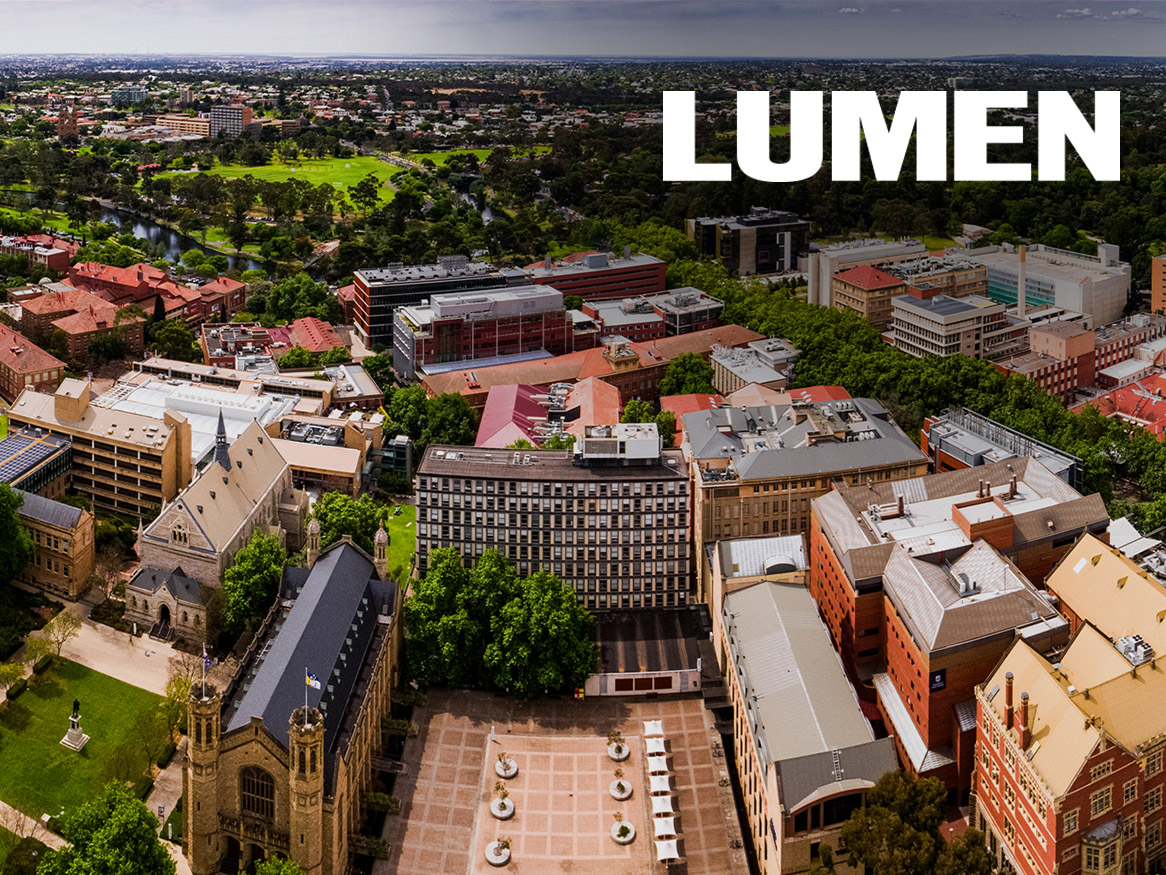Can "smartboards" make high school students smarter?
Saturday, 6 June 2015
The age-old classroom biology experiment of dissecting a real frog can now be replaced with dissecting a virtual frog on an interactive whiteboard. But does this change to so-called "smartboard" technology in high schools lead to a positive impact on students' learning?
The answer is yes, according to a new study conducted by the University of Adelaide's Dr Amrit Pal Kaur.
For her PhD in the School of Education, Dr Kaur investigated the adoption and impact of interactive whiteboard use on student learning. Her study involved 12 South Australian public and independent secondary schools, with 269 students and 30 teachers participating in the research.
"Surprisingly, despite costing many thousands of dollars per unit, schools have been purchasing interactive whiteboards without really knowing how they would impact on students' learning. To date, there has been a serious lack of evidence at the secondary level, especially in the Australian educational context," Dr Kaur says.
"Smartboards are still relatively new in high schools, having been gradually introduced over the past 7-8 years. Even today, there are not that many secondary schools or teachers using this technology."
Dr Kaur says much of the uptake of the technology has depended on whether or not individual teachers are interested in it. "Some teachers have spent a lot of time exploring the possibilities of what this technology can do, while others – even though they have the support of their schools – simply don't feel they have enough time to do so."
Interactive whiteboards enable students to control objects on the screen through touch, and they can be linked to classroom computers and tablet devices.
"Using an interactive whiteboard, a teacher can open up all resources needed for a particular topic on the screen, and they can incorporate their lesson plans into the smartboard's software. There are many teaching resources available, including a 3D frog that can be dissected on the screen," Dr Kaur says.
"At one school, all students in a class had tablets that were connected directly to the interactive whiteboard, and they could sit at their desks and do activities on the board."
Dr Kaur's research has found that interactive whiteboards have an overall positive impact on the quality of students' learning.
"When used correctly, this technology can lead to an enhanced interactive classroom environment. There is clear evidence that when used in this way by both teachers and students, students are more likely to adopt a deeper approach to their learning. As a result, the quality of the students' learning outcomes improves.
"Factors influencing the quality of students' outcomes include the attitudes of both students and staff towards the technology, the level of classroom interactions, and even the age of the teacher," Dr Kaur says.
Dr Kaur conducted her research under the supervision of Dr Igusti Ngurah Darmawan and Associate Professor Christopher Dawson (School of Education).
Contact details
Email: amrit.kaur@adelaide.edu.au
School of Education
The University of Adelaide
Mobile: +61 (0)425 136 272
Mr David Ellis
Email: david.ellis@adelaide.edu.au
Website: https://www.adelaide.edu.au/newsroom/
Deputy Director, Media and Corporate Relations
External Relations
The University of Adelaide
Business: +61 8 8313 5414
Mobile: +61 (0)421 612 762







